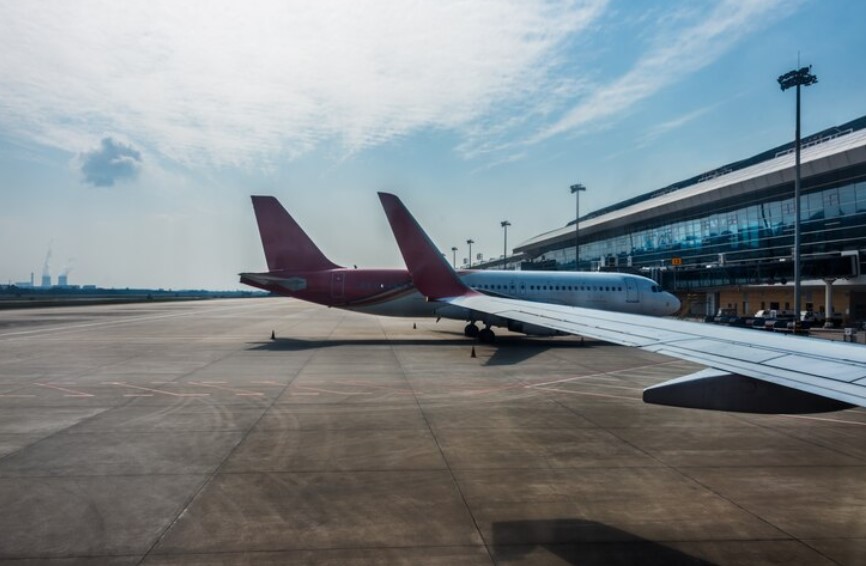
Sydney Airport welcomed 10.68 million passengers in the third quarter (July–September) of 2025, marking a growth of 3.4 % compared with the same period in 2024.
The Australian hub credited this rise to expanded bilateral air-services agreements, renewed airline capacity, and strengthened inbound travel from key markets such as the UK, China and Indonesia.
International traffic leads the surge.
During the quarter, international traffic stood out: 4.28 million passengers passed through the airport’s T1 International terminal, representing a 6.6 % increase over Q3 2024.
Examining individual markets:
These gains reflect how additional air services and increased airline competition are stimulating inbound tourism.
Domestic and regional growth continues.
On the domestic front, passengers travelling through terminals T2 and T3 recorded 6.4 million movements—a modest 1.4 % rise from the same quarter last year.
While not as dramatic as international growth, this steady uptick signals broader resilience in travel demand across all segments.
Operational efficiency shines even amid growth.
Even with rising volumes and major construction work underway, Sydney Airport maintained high‐level operational performance. Key stats:
These results signal that investments in infrastructure and process enhancements are paying off.
Infrastructure upgrades and future-proofing
Sydney Airport continued its multi-year capital investment program in Q3, rolling out improvements across all terminals to support growth and enhance the travel experience.
For example:
Beyond immediate terminal works, Sydney Airport released its Preliminary Draft Master Plan 2045. The plan outlines ambitions for handling up to 72 million passengers each year, generating around A$70 billion in annual economic contribution and supporting more than 105,000 direct jobs by 2045.
Accommodation ripple-effects in Sydney
This surge in travel is also influencing Sydney’s broader accommodation and housing market — especially the furnished-rental segment. According to a housing-market update, furnished and serviced-apartment options in Sydney are in strong demand, with bookings for furnished short- to mid-term stays in well-connected suburbs becoming increasingly competitive. Rents for these furnished offerings are rising as availability tightens, particularly for tenants relocating for work or study.
Outlook: on track for a record year
Given the current flow of traffic and capacity growth, Sydney Airport is “on track to record its busiest year ever for international travel,” with year-to-date total already at 12.55 million.
The airport pointed to new long-haul services such as the launch of Qatar Airways’ Doha–Sydney link in June 2025 (its first long-haul service from Sydney) and increased frequency of Etihad Airways and Turkish Airlines flights, all contributing to the momentum.
Final thoughts
Overall, the Q3 results for Sydney Airport reflect a travel ecosystem in rebound mode—driven by international tourism, strategic partnerships, and well-timed infrastructure investment. While domestic growth remains steady, it’s the international segment that is truly propelling the numbers. With careful operational management in place, the airport appears well-positioned to accommodate future growth and deliver a strong performance for the remainder of the year.